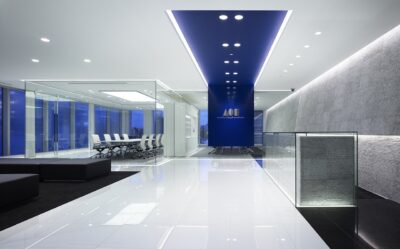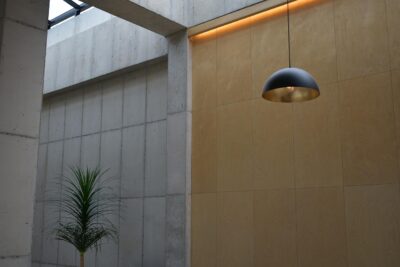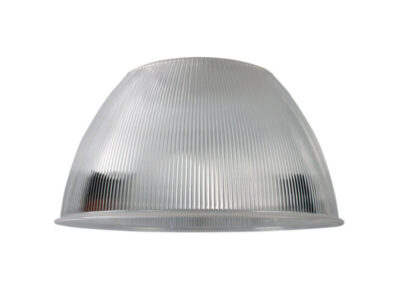
How to Use LED Fixture Covers for Green Building Compliance
How to Use LED Fixture Covers for Green Building Compliance By Aman | Updated on May 14th 2025 Green buildings are no longer a trend—they’re
Home » How to Clean LED Fixtures and Light Covers Safely
Let’s face it—LED lighting fixtures look sleek, save energy, and last longer than traditional bulbs. But like any home or commercial feature, they collect dust, grime, and gunk over time. That sparkle dims, the light diffuses unevenly, and it just throws off the vibe. Cleaning them isn’t rocket science, but it does require some finesse.
If you’ve ever wiped a light cover only to realize you scratched it or left it streakier than before, you’re not alone. A bad cleaning job can ruin the fixture or dull its light output. But hey, don’t sweat it. This guide is packed with lighting maintenance tips and straightforward steps to clean LED light covers and fixtures without messing up their surface.

Before grabbing the sponge, you need to know what you’re working with. LED fixtures come in a variety of types:
Each has its own design, and how you approach cleaning varies.
Light covers (also called diffusers) come in materials like:
Understanding this helps you treat each one right.
Start by prepping. You don’t want to climb up a ladder only to realize you forgot the cloth. Here’s your toolkit:
Weekly dusting goes a long way. Use a dry microfiber cloth or electrostatic duster to gently clean the fixture without pressing too hard. For tight corners, a soft-bristled toothbrush does wonders.
Just like your glasses or phone screen, the less buildup, the easier the clean:
If it’s been months (no judgment), here’s the plan:
This keeps light quality high and minimizes allergens from dust buildup.
Yep, it’s boring. But it saves you from voiding warranties or damaging something you paid good money for.

Keeping LED fixtures and light covers clean doesn’t have to be a dreaded chore. When done right, it makes your space brighter, your fixtures last longer, and your energy output even more efficient.
If a light cover looks too far gone to rescue or doesn’t fit right anymore, check out options available through Fluorolite Plastics. With over four decades of experience in lighting solutions, they offer tailored replacements and custom-fit diffusers for both LED and fluorescent systems across a range of applications.
Clean lighting isn’t just a visual upgrade—it’s an energy-efficient, wellness-boosting win.
Ideally, a quick dusting every week and a deeper clean every 1-3 months depending on the space.
Avoid bleach, ammonia, and any abrasive cloths or brushes. Always turn off the power.
Probably not. Yellowing often means UV or heat damage. It might be time for a replacement.
Only if it’s diluted and the cover isn’t made of acrylic or polycarbonate. Test a small area first.
Don’t force it. Look for screws or clips and consult the user manual. For stubborn covers, consider professional help.
Yes, dust and insects can still find a way inside. Cleaning keeps the light clear and safe.
Often, just replacing the cover is enough to restore performance. Especially with custom-cut options offered by Fluorolite Plastics, you can save money and extend the life of your current fixture.
Not directly, but they reduce light output, which might cause you to use additional lighting. Clean covers help maintain efficiency.

How to Use LED Fixture Covers for Green Building Compliance By Aman | Updated on May 14th 2025 Green buildings are no longer a trend—they’re

How to Extend the Life of Your LED Fixture Light Covers By Aman | Updated on May 3rd 2025 LED fixture light covers might seem

How to Clean LED Fixtures and Light Covers Safely By Aman | Updated on 30th April 2025 Let’s face it—LED lighting fixtures look sleek, save
Trustindex verifies that the original source of the review is Google. Muy bueno buen servicio buena calidadTrustindex verifies that the original source of the review is Google. I was trying to replace the fluorescent light coverings in my bathroom and I came across this Fluorolite Plastic LLC company online , which turned out to be a heaven sent experience. The customer service was amazing and not to mention the timely response to the email sent about what I needed . Customer service also took the time out to make sure that I was ordering the right product . My whole experience and the product was superb. Loving the light covering ♥️Trustindex verifies that the original source of the review is Google. The parts are great and the employees even better.Trustindex verifies that the original source of the review is Google. Great quality acrylic circles. Not flimsy like some I’ve tried. Material is protected from scratches and other damage well with plastic/paper coating then securely shipped from Fluorolite in thick cardboard. Encountered a shipping error with my order but in-house Customer Service resolved it quickly. Will definitely use Fluorolite again!Trustindex verifies that the original source of the review is Google. It was a very good experience. Customer service, excellent! The product was made with a thicker plastic. Not a cheap, thin one.Trustindex verifies that the original source of the review is Google. Product fit perfectly. Customer service was extremely helpful in working with my measurements and photo of existing light cover, to insure I purchased the right product.Trustindex verifies that the original source of the review is Google. light cover fits perfectly, good service, quick delivery
"We've Got You Covered" and Trace n'Fax are Registered Trademarks of Fluorolite Plastics, LLC. © 2011-2024 All rights reserved Fluorolite Plastics